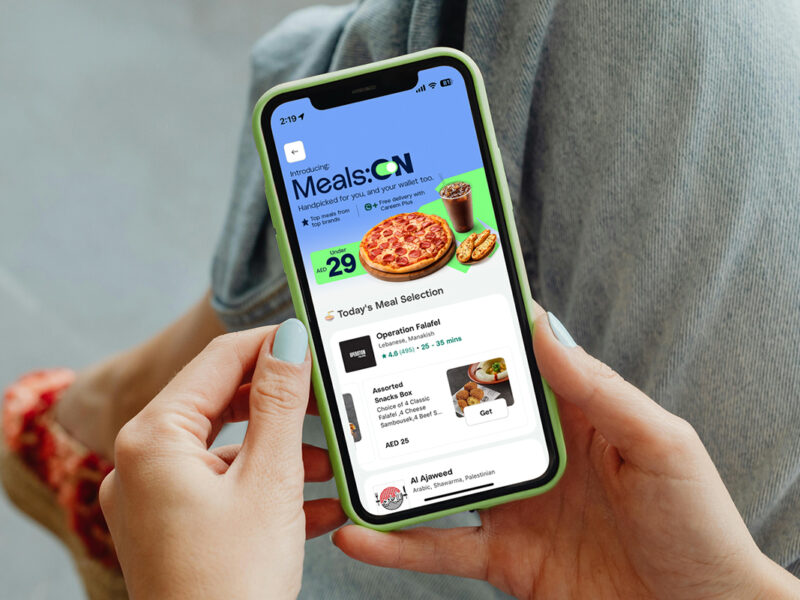With the constant evolution of the digital landscape, we have seen an increase in scrutiny towards how social media platforms demonstrate transparency and build trust and accountability. 2018 saw several global incidents surrounding data breaches and legitimacy. This will be particularly important in the upcoming year when marketers are questioning media investments.
At Twitter, we introduced a new ‘health’ approach towards serving public conversation in 2018. We believe that Twitter’s value as a daily utility is enhanced when the conversation on the platform is healthier and people feel safe to freely express themselves. We have introduced new measures to handle spam, malicious automation, and platform manipulation. We are now removing more than twice the number of accounts which are violating our spam policies compared to 2017.
When it comes to video, it continues to be an important way for people to stay informed, enabling content creators to better share experiences, engage in events and converse with broader audiences. On Twitter, video views have nearly doubled over the past year. Businesses have been significantly increasing their investment in video, as video ads have been consistently accounting for more than half of our ad revenue in the past two years.
Businesses now understand that consumption is moving to mobile and younger demographics are skewing that way and towards video experiences. Now more than ever, advertisers are exploring opportunities to increase their reach with highly relevant video content. Research has revealed that aligning with targeted content through short-form videos creates higher brand impact.
At Twitter, we have introduced original programmes both globally and in the region in partnership with premium publishers. This has allowed businesses to include targeted pre-roll in front of premium content as well as other creative activations such as branded content integrations.
Businesses now understand that consumption is moving to mobile
Yet social media is not a “one size fits all”, and marketers understand that each platform should be leveraged for specific objectives. In the case of Twitter, we’ve found that the platform has the most valuable audience when they are most receptive.
We conducted a global study in partnership with Kantar Media, including UAE, Saudi Arabia and Egypt by interviewing both Twitter and non-Twitter users. The findings revealed that people on Twitter are the first to try and buy new products (66 percent for Twitter vs. 46 percent for non-users in UAE) and to share and talk about them too.
In a world where everything is “look at me” and Twitter is “look at this”, advertisers are tapping into this discovery mindset to launch new products. Advertisers are now well aware that on platforms such as Twitter, people are there to build new relationships with likeminded individuals and not necessarily with personal contacts. Liking a Tweet carries no social obligations. Therefore when a person follows you on Twitter – you have their attention and interest, not just their association.
And while still a relatively small part of retail regionally, we have seen increased growth and development of pure e-commerce players such as Al Tayer Group and Amazon. We have also seen an influx of traditional players, such as Chalhoub Group, begin to embrace online retail. This is reflective in the volume of Tweets in the region, where Tweets in MENA around shopping in 2018 alone increased to more than 6 million. The investment in ads from e-commerce players on Twitter in the MENA region during the month of November, Cyber Week and the day itself on 23rd Friday in 2018 were the biggest we’ve witnessed in the history of Twitter. A study that we launched in MENA around consumer behaviour and motivations with regards to m-commerce, revealed that the Twitter users surveyed are more likely than non-users to adopt mobile payment, and that there are four times, two times and 1.8 times more Twitter users in Egypt, Saudi Arabia and UAE respectively, who shop on mobile on a weekly basis compared to non-Twitter users.





 Benjamin Ampen, Managing Director at Twitter, MENA& Pakistan
Benjamin Ampen, Managing Director at Twitter, MENA& Pakistan



